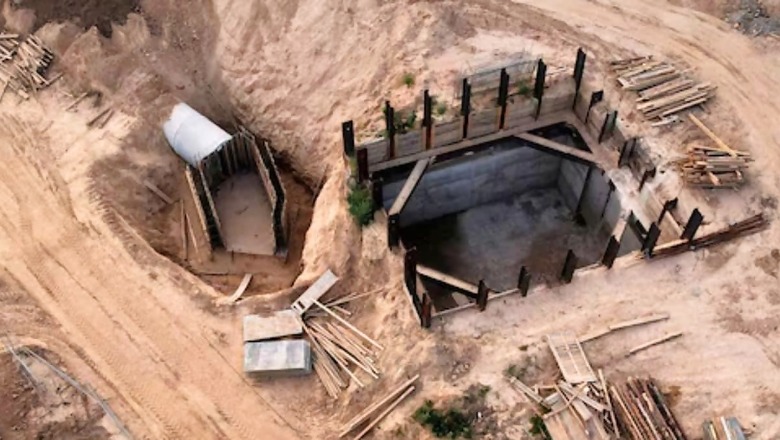
views
A 1500-year-old burial of human remains has been discovered in Mexico. A group of archaeologists made this discovery while working on a sewer line construction project. The work on this project was going on at the Pozo de Ibarra in the western Mexican state of Nayarit. The bones were stacked, which implies that the project was done as part of a ritual. As per the translated statement from Mexico’s National Institute of Anthropology and History (INAH), the bones belong to the pre-Hispanic time. This period is related to the time before Spanish conquests in the western hemisphere.
The stack of bones found at the burial site contained one complete skeleton, along with bones from other individuals. Claudia Servin Rosas, a field archaeologist associated with the INAH, revealed the details of these bones in a statement. Claudia said that some of the bones were intentionally stacked, and they were separated into different categories. These categories included long bones like femurs (thigh bones) and tibias (lower leg bones) in one section and seven complete skulls in another. As per Claudia, the burial could have been part of family funerary rites. In these rites, the men were buried to commemorate the establishment of a new settlement. There are, however, no other records of similar practices in the region, according to Claudia’s statement.
An analysis revealed that all of the skulls belonged to men of various ages. Some of the specimens showed signs of cranial modification, which was frequently practiced in Mesoamerica. Artificial cranial deformation means the practice of altering the head’s natural shape through force. Researchers determined that the bones were placed in a grave or tomb simultaneously. As per the researchers, the funerary rituals were reminiscent of similar practices done during the Amapa era, which stretched from AD 500 to 850.
As per the Miami Herald newspaper, the archaeologists have also uncovered ceramic vessels and figurines at the site besides the stack of bones. These proofs helped the archaeologists conclude that the last rites were similar to the funeral practices done during the Amapa era.
As of now, the INAH has teamed up with town authorities to preserve the remains for future study.




















Comments
0 comment